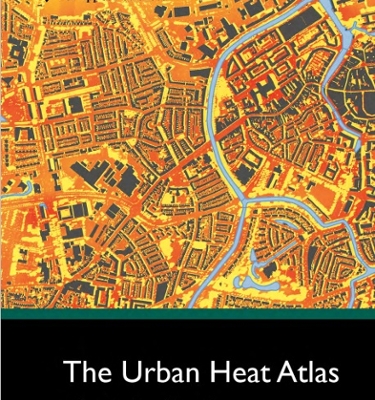The Urban Heat Atlas
A standardised assessment for mapping heat vulnerabilities in Europe
Boek
With increase in awareness of the risks posed by climate change and increasingly severe weather events, attention has turned to the need for urgent action. While strategies to respond to flooding and drought are well-established, the effects - and effective response - to heat waves is much less understood. As heat waves become more frequent, longer-lasting and more intense, the Cool Towns project provides cities and municipalities with the knowledge and tools to become heat resilient. The first step to developing effective heat adaptation strategies is identifying which areas in the city experience the most heat stress and who are the residents most affected. This enables decision-makers to prioritise heat adaptation measures and develop a city-wide strategy.
The Urban Heat Atlas is the result of four years of research. It contains a collection of heat related maps covering more than 40,000 hectares of urban areas in ten municipalities in England, Belgium, The Netherlands, and France. The maps demonstrate how to conduct a Thermal Comfort Assessment (TCA) systematically to identify heat vulnerabilities and cooling capacity in cities to enable decision-makers to set priorities for action. The comparative analyses of the collated maps also provide a first overview of the current heat resilience state of cities in North-Western Europe.

